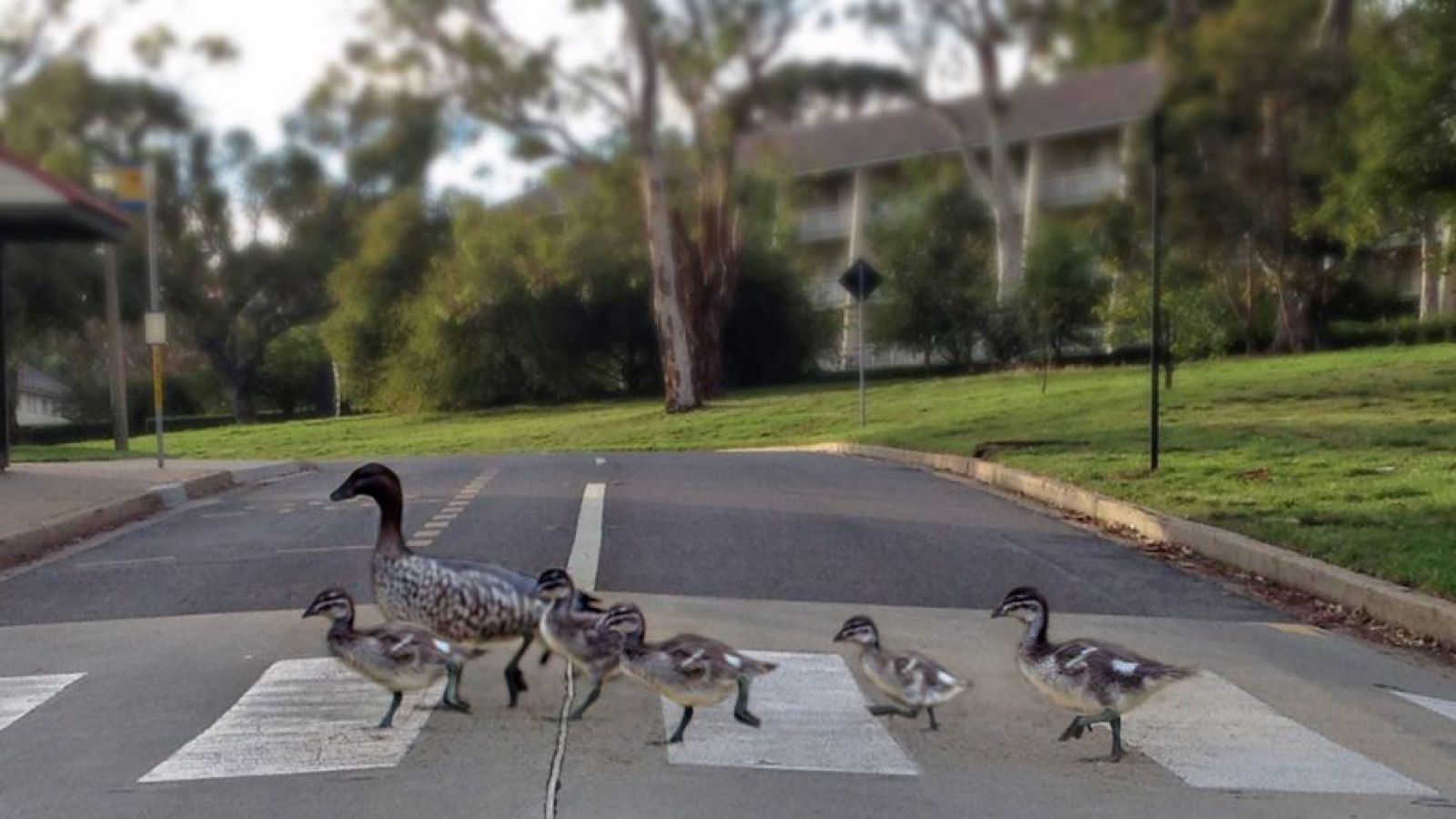An image isn't everything

A picture is worth a thousand words, but who chooses which words the picture represents?
Dr Fiona Jenkins from the ANU School of Philosophy has been deconstructing the iconic image of Abul Jafari’s coffin being carried onto a plane on Christmas Island, bound for Melbourne where the ten-week old child was buried. Jafari drowned when the boat carrying his family, who were seeking asylum in Australia, capsized.
“I’ve been following The Australian’s coverage of the asylum seeker debate and their claim this image is ‘the defining image of the asylum-seeker debate in 2013’ (The Australian, July 31),” says Jenkins.
“The Australian is trying to use this image in a particular way, trying to frame it as the image. The media are often ideological and try to capture the essence of the debate in a simplistic way.”
“Images like this are recognising the tragedy, claiming to care for the mourning of the family. At the same time they are immediately co-opted by how the tragedy is framed in the media.”
Jenkins also says elements within the image are representative of the asylum seeker debate.
“This image is a very contained image with lots of straight lines, which give an impression of containment and spatial control.”
“The coffin itself is a way of containing Jafari’s arrival into Australia. It stands for how we view the issue of asylum seekers — we want to contain it. So much so, that I refer to the image as ‘authorised arrival’.“
In a world where we are bombarded by thousands of images each day, Jenkins urges people to think critically about the images they are being presented.
“You can’t stop images being used in this way, but it’s our civic duty to ‘test’ the images we are presented, to challenge how they stand for this one thing,” she says.
Dr Jenkins will discuss how images are used to frame Australia’s asylum seeker debate, and how asylum seekers are portrayed in the classic film Casablanca and the 2009 French film Welcome in her seminar ‘Politics and the image of humanity’ on Thursday 15 August at midday in the Lady Wilson room of the Sir Roland Wilson Building.
You can see a copy of the image here.